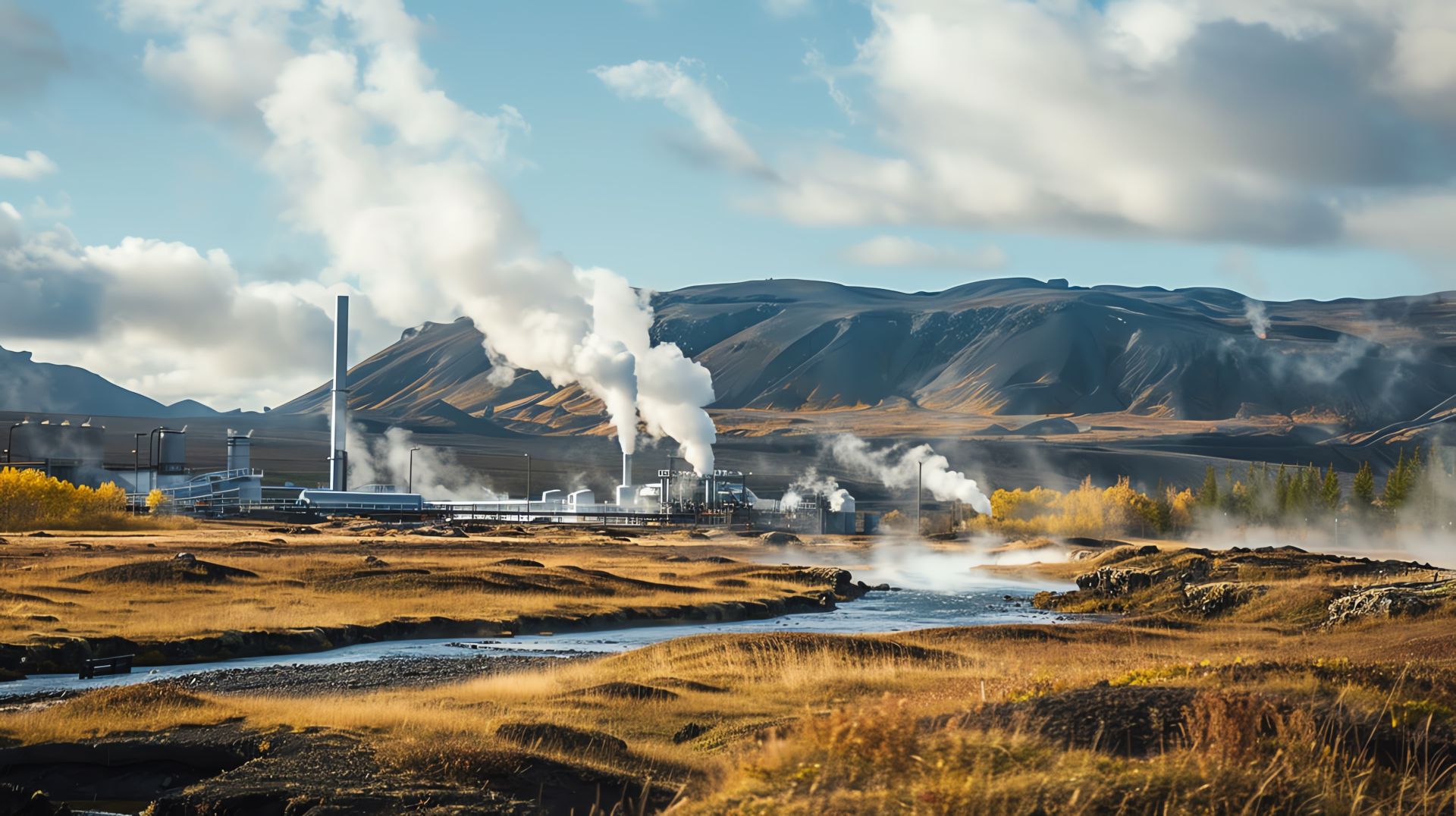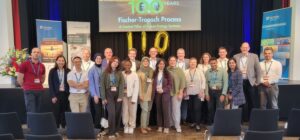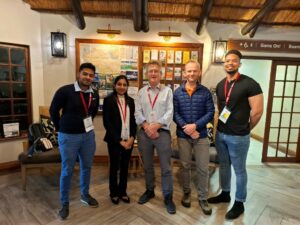
After his recent presentation at the 5th Iceland Geothermal Conference (IGC2024), Dr Dirk Schaer, Technical Manager of Marketing and Sales Catalysts at Sasol Germany and co-lead of the CARE-O-SENE project, took time to answer three questions. He explained why the combination of Fischer-Tropsch (FT) technology and geothermal energy is ideal for the economically efficient production of sustainable aviation fuel, especially when the new catalysts developed by the German-South African CARE-O-SENE project are used:
What are the primary advantages that FT technology delivers in SAF production?
Fischer-Tropsch technology stands out in SAF production due to several key advantages over alternatives:
First, FT is commercially proven and a widely used technology.
Secondly, it’s feedstock agnostic. FT technology is remarkably versatile, capable of utilizing various feedstocks efficiently.
Thirdly, it produces the highest kerosene yields, which ensures optimal utilization of limited renewable resources and has the highest GHG elimination potential.
Finally, the FT-derived route to jet fuel is already ASTM approved and Sasol have many years’ of experience in production, marketing and working with aviation authorities.
Why is it important to develop new catalysts for SAF production?
Today, we face two primary obstacles to producing SAF at scale. SAF requires a substantial amount of energy to manufacture, and more efficient FT catalysts can help us reduce those requirements – making SAF both less expensive and more sustainable.
We also need to decrease the dependence on precious metals and cobalt in the production process, and advanced catalysts can help here, too. Mitigating the need for these elements will help address concerns related to resource scarcity and cost fluctuations.
Why is the combination of FT and geothermal energy sources so beneficial?
The integration of FT technology with geothermal energy sources offers compelling advantages.
Chemical processes, including the FT process, often face challenges with dynamic operations, necessitating intermediate storage. Geothermal energy – by the way also hydropower – provides a stable energy source, circumventing these operational hurdles.
This results in significant lower investment costs and further to this reduced operational stress, positively influencing the catalyst lifetime, contributing to the overall sustainability and viability of SAF production.





